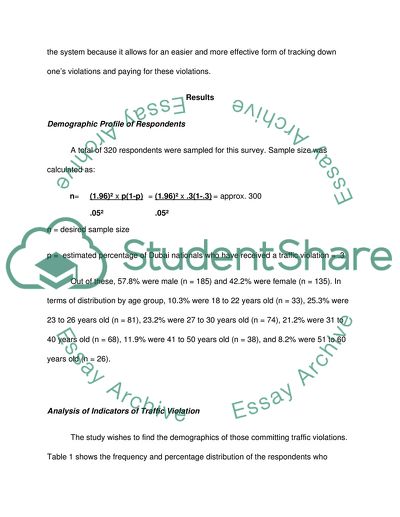Cite this document
(“Dubai Police Website (Fines Section) and Privacy Concern Statistics Project”, n.d.)
Dubai Police Website (Fines Section) and Privacy Concern Statistics Project. Retrieved from https://studentshare.org/miscellaneous/1585039-dubai-police-website-fines-section-and-privacy-concern
Dubai Police Website (Fines Section) and Privacy Concern Statistics Project. Retrieved from https://studentshare.org/miscellaneous/1585039-dubai-police-website-fines-section-and-privacy-concern
(Dubai Police Website (Fines Section) and Privacy Concern Statistics Project)
Dubai Police Website (Fines Section) and Privacy Concern Statistics Project. https://studentshare.org/miscellaneous/1585039-dubai-police-website-fines-section-and-privacy-concern.
Dubai Police Website (Fines Section) and Privacy Concern Statistics Project. https://studentshare.org/miscellaneous/1585039-dubai-police-website-fines-section-and-privacy-concern.
“Dubai Police Website (Fines Section) and Privacy Concern Statistics Project”, n.d. https://studentshare.org/miscellaneous/1585039-dubai-police-website-fines-section-and-privacy-concern.


